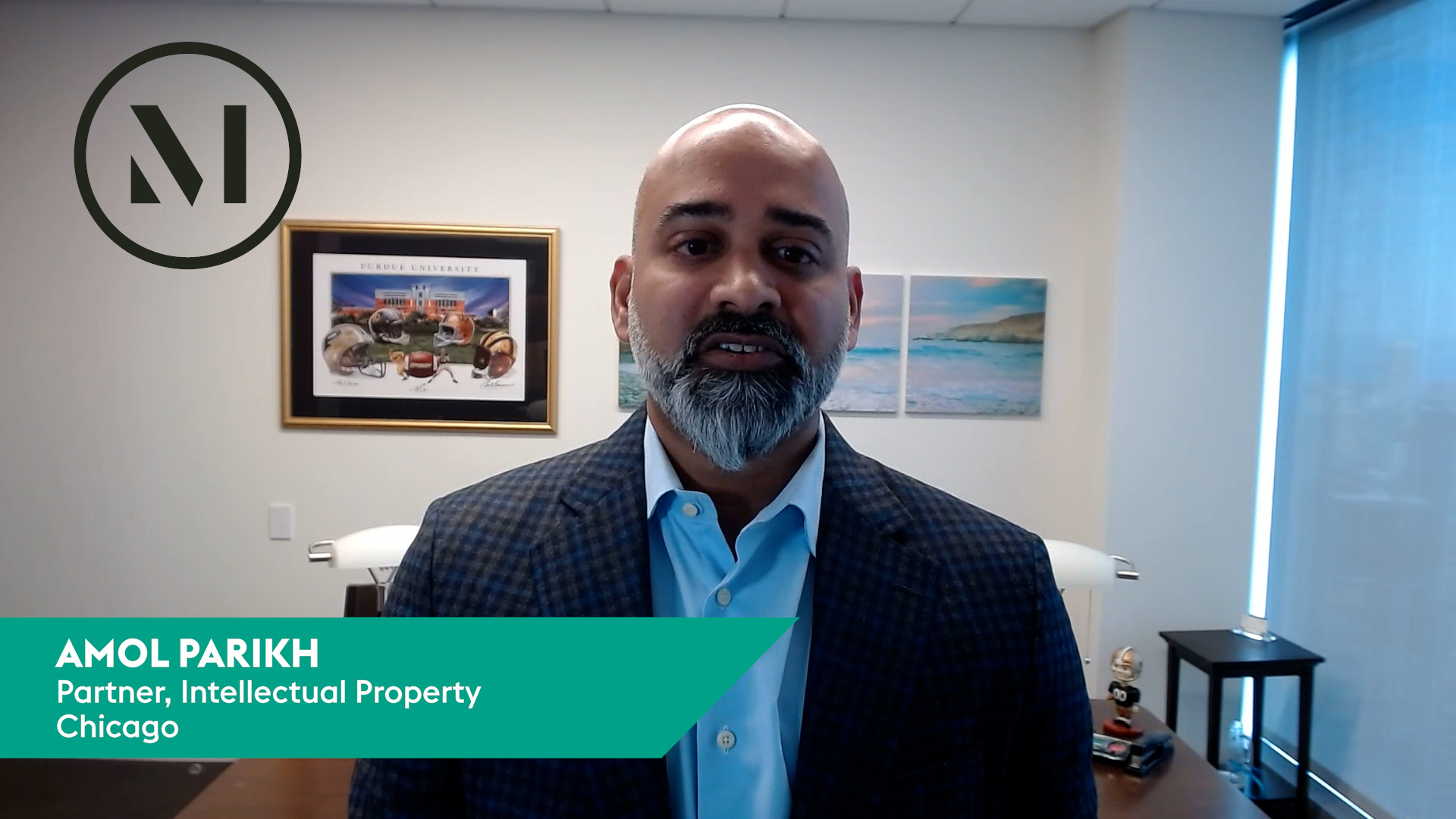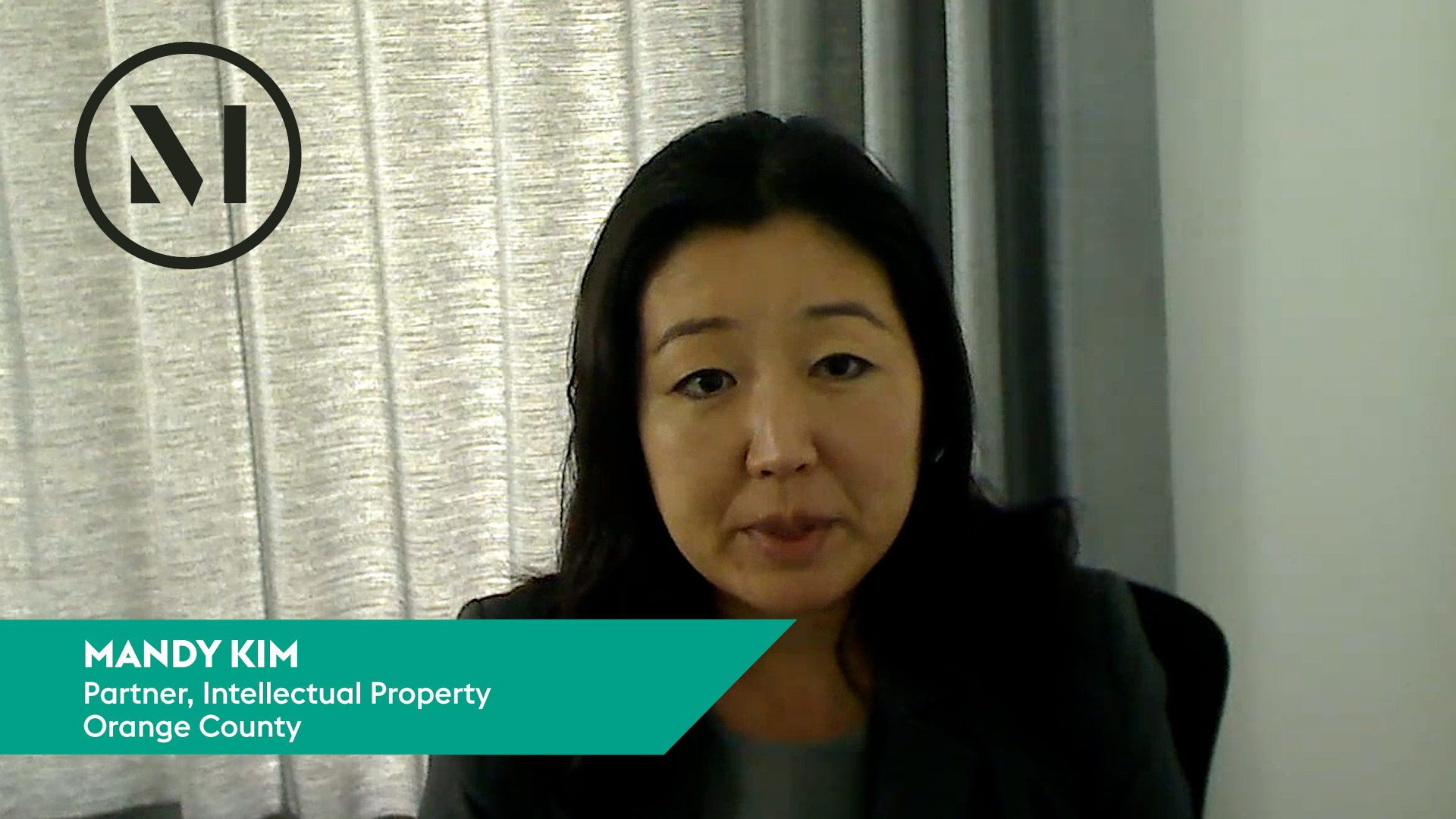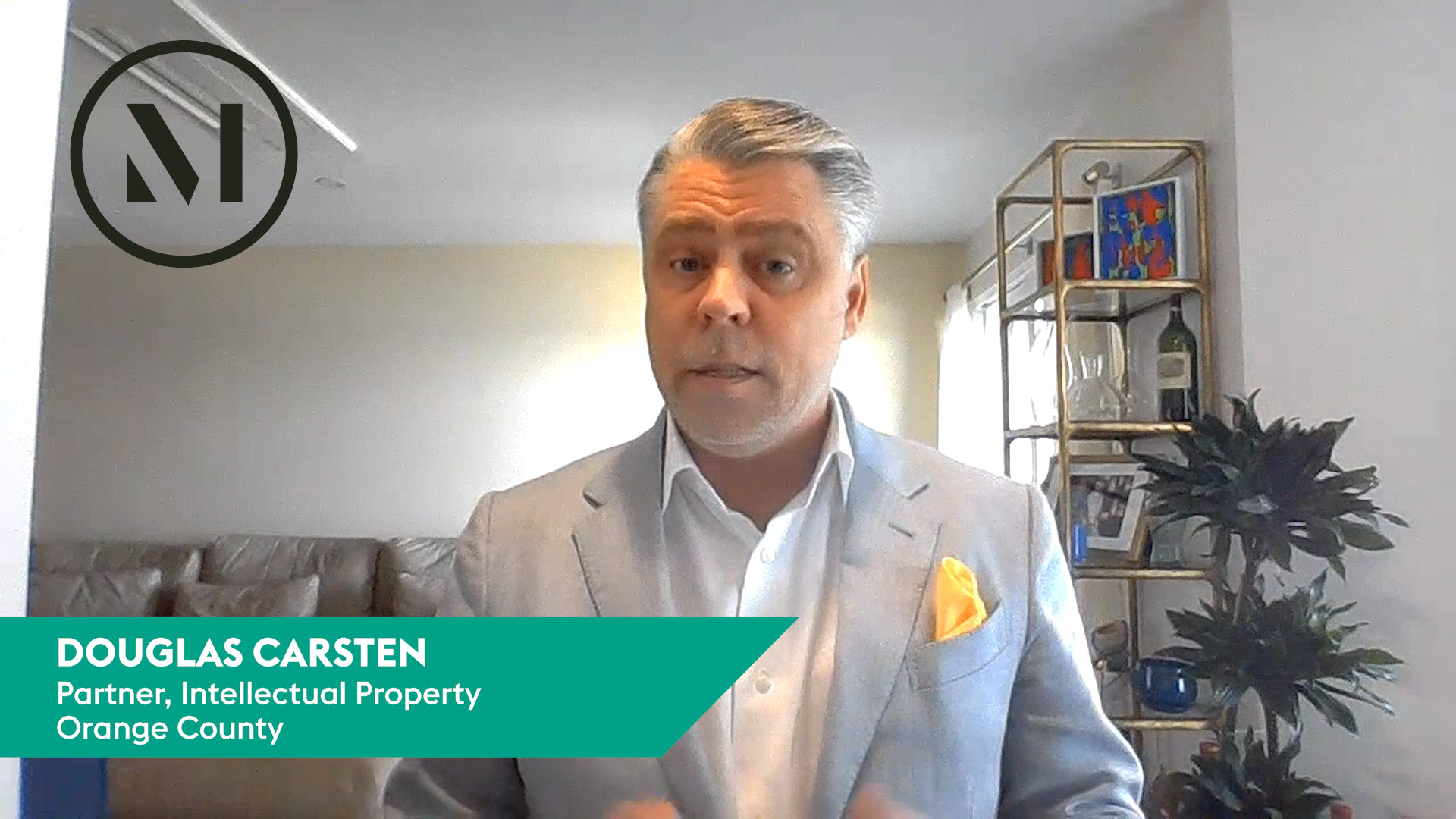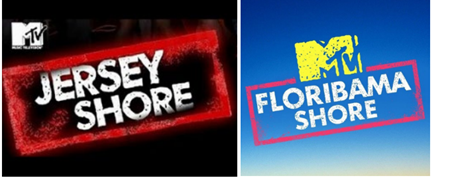The US Court of Appeals for the Fifth Circuit affirmed a district court’s dismissal of a trademark suit against a charter school operator and public school district in Texas but explained that the charter school was not automatically immune from lawsuits based on sovereign immunity. Springboards to Education, Inc. v. McAllen Indep. School District, Case Nos. 21-40333; -40334 (5th Cir. Mar. 8, 2023) (Smith, Duncan, JJ.) (Oldham, J., concurring).
Springboards sells products to school districts in connection with its Read a Million Words Campaign. The campaign incentivizes school children to read books through promises of induction into the Millionaires’ Reading Club and access to rewards such as t-shirts, backpacks and fake money. Springboards’s goods typically bear any combination of trademarks that the company registered with the US Patent & Trademark Office, including “Read a Million Words,” “Million Dollar Reader,” “Millionaire Reader” and “Millionaires’ Reading Club.”
Springboards filed a complaint for trademark infringement, trademark counterfeiting and false designation of origin against McAllen Independent School District (MISD), a public school district in Texas, and IDEA Public Schools, a nonprofit organization operating charter schools in Texas. Both MISD an IDEA moved to dismiss for lack of subject matter jurisdiction, arguing that they were arms of the state and thus entitled to sovereign immunity. They also moved for summary judgment for lack of infringement. The district court ruled that only IDEA enjoyed sovereign immunity and accordingly granted IDEA’s motion to dismiss but denied MISD’s. The district court granted MISD’s motion for summary judgment after concluding that Springboards could not establish that MISD’s program was likely to cause confusion with Springboards’s trademarks. Springboards appealed.
The Fifth Circuit began with the jurisdictional issue of whether IDEA and MISD enjoyed sovereign immunity. The Court explained that determining whether an entity is an arm of the state is governed by the Clark factors, which were set forth in the Fifth Circuit’s 1986 decision in Clark v. Tarrant County. Those factors are as follows:
- Whether state statutes and case law view the entity as an arm of the state
- The source of the entity’s funding
- The entity’s degree of local autonomy
- Whether the entity is concerned primarily with local, as opposed to statewide, problems
- Whether the entity has the authority to sue and be sued in its own name
- Whether the entity has the right to hold and use property.
The Fifth Circuit analyzed each of the factors and concluded that IDEA was not an arm of the state. The Court found that factors 1 and 3 favored sovereign immunity while factors 2, 4, 5 and 6 did not. The Court’s decision focused heavily on factor 2, explaining that the inquiry under factor 2 has two parts: the state’s liability in the event there is a judgment against the defendant, and the state’s liability for the defendant’s general debts and obligations. The district court had concluded that factor 2 weighed in favor of immunity because 94% of IDEA’s funding came from the state and federal sources. The [...]
Continue Reading
read more

 Subscribe
Subscribe







